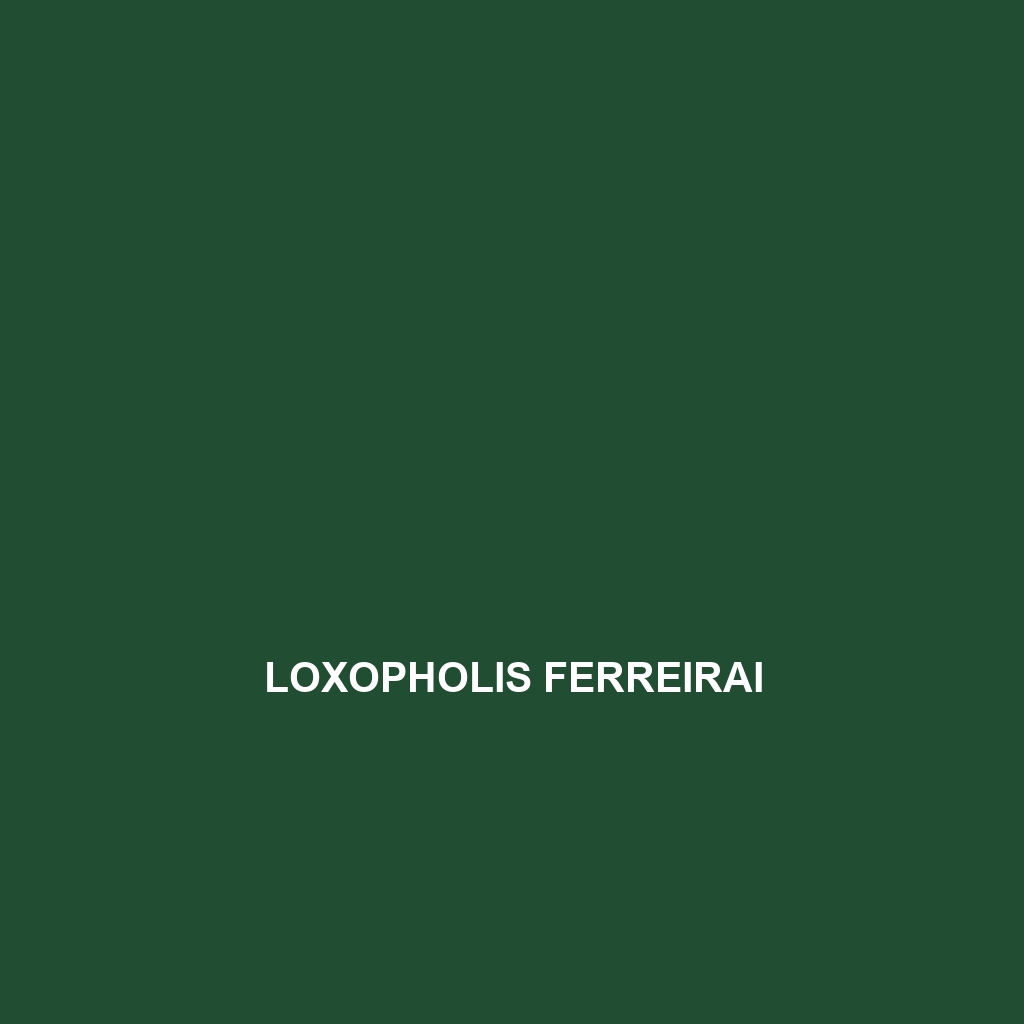Discover the captivating Pholidobolus samek, a vibrant lizard native to the lush rainforests and temperate forests of South America, particularly the Andean mountains of Ecuador and Colombia. Known for its remarkable adaptability, unique coloration, and role as both predator and prey, this striking species thrives in diverse environments while contributing to ecological balance.
Tag: South American lizard
Loxopholis ferreirai
Discover the captivating Loxopholis ferreirai, a slender lizard thriving in the lush rainforests of South America, known for its stunning iridescent scales and unique behavior as a diurnal insectivore. This fascinating species plays a vital role in maintaining the ecological balance by controlling insect populations and contributing to the health of its forest habitat.
Liolaemus williamsi
<p><b>Liolaemus williamsi</b> is a captivating lizard species native to the temperate forests and grasslands of the Andes in South America, exhibiting a blend of vibrant color and unique behaviors. Known for their diurnal habits, these reddish-brown lizards thrive in rocky terrains, playing a vital role in ecosystems by controlling insect populations and supporting biodiversity.</p>
Liolaemus vallecurensis
Liolaemus vallecurensis, a medium-sized lizard from South America, thrives in semi-arid habitats of Argentina and Chile, exhibiting distinctive earthy coloration for camouflage and engaging in vibrant territorial displays during the breeding season. This insectivorous species plays a crucial role in its ecosystem by regulating insect populations while also serving as prey for larger predators.
Liolaemus uspallatensis
<b>Liolaemus uspallatensis</b> is a robust, diurnal lizard native to the temperate regions of the Andes in Argentina, characterized by its earthy color patterns and territorial behavior. Measuring 15 to 20 cm in length, it primarily feeds on insects and gives live birth, playing a crucial role in its ecosystem as both predator and prey.
Liolaemus uniformis
Discover the fascinating Liolaemus uniformis, a slender lizard found in the temperate forests and scrublands of Chile and Argentina. Known for its adaptability and unique coloration, this diurnal insectivore plays a vital role in controlling insect populations and supporting ecosystem health.
Liolaemus tari
Discover the fascinating Liolaemus tari, or Tari's Lizard, known for its vibrant coloration and unique adaptations to South America's diverse habitats, particularly in the Andes. This diurnal insectivore plays a vital role in its ecosystem, regulating insect populations while exhibiting remarkable camouflage and social behaviors.
Liolaemus stolzmanni
Discover the fascinating Liolaemus stolzmanni, a moderately sized lizard native to the rocky montane regions of Argentina and Chile, known for its unique coloration and adaptability to varying climates. This insectivorous species exhibits complex social behaviors, plays a vital role in its ecosystem, and has a reproductive strategy of live births, making it a captivating subject for ecological studies.
Liolaemus smaug
<p>Discover the vibrant <b>Liolaemus smaug</b>, a medium-sized lizard thriving in the temperate forests and mountainous regions of southern South America. Known for its striking coloration and intricate social behaviors, this insectivorous species plays a crucial role in maintaining ecological balance while adapting to its diverse habitats.</p>
Liolaemus silvanae
<b>Liolaemus silvanae</b> is a diurnal lizard native to the temperate forests and highland grasslands of the Andean region, characterized by its elongated body, vibrant green and brown coloration, and exceptional climbing abilities. This insectivorous species displays unique behaviors, including viviparous reproduction and camouflage adaptation, playing a vital role in maintaining ecological balance.









